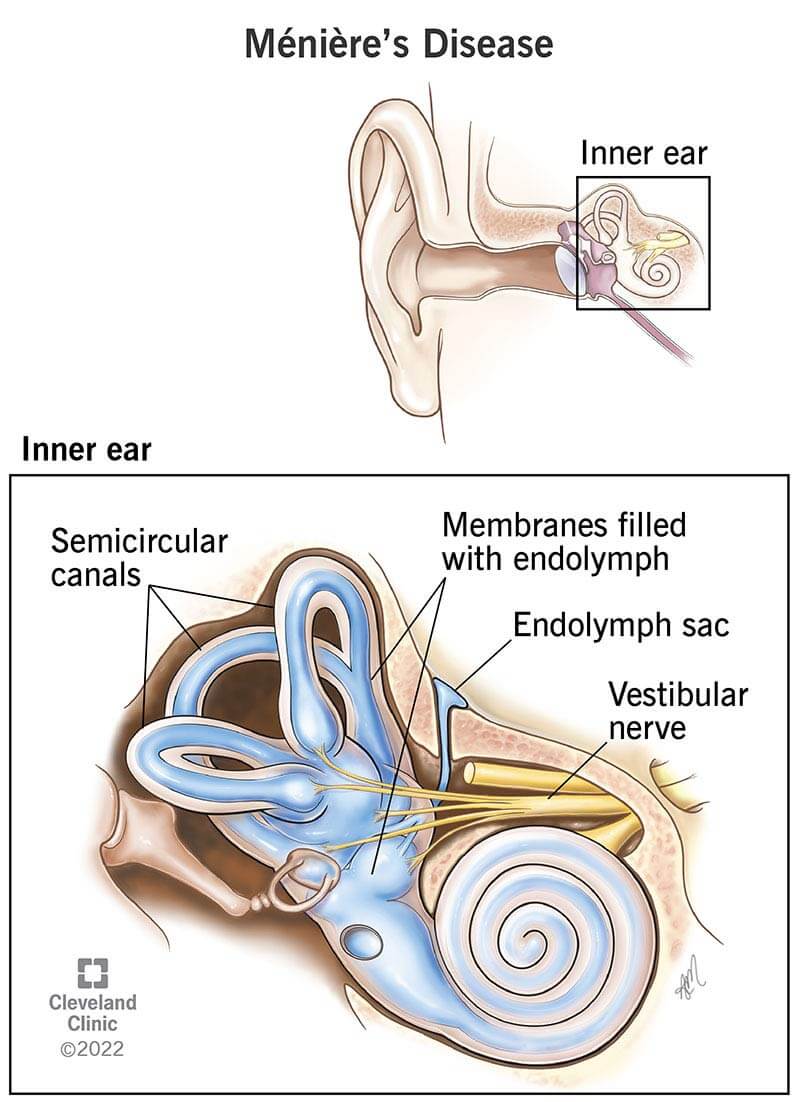A nurse is initiating a plan of care for a client who has COPD. Which of the following interventions should the nurse include?
Request a prescription for an antibiotic.
Educate the client on pursed-lip breathing.
Place the client on airborne precautions.
Initiate oxygen therapy for SpO₂ of 92%.
The Correct Answer is B
Choice A Reason
Request a prescription for an antibiotic. This intervention is not typically included in the standard care plan for all COPD patients. Antibiotics are generally reserved for cases of acute exacerbations of COPD (AECOPD) with signs of bacterial infection, such as increased dyspnea, increased sputum purulence, and increased sputum volume. Routine use of antibiotics without these signs is not recommended.
Choice B Reason
Educate the client on pursed-lip breathing. This is the correct intervention. Pursed-lip breathing is a technique that helps improve ventilation, release trapped air in the lungs, and reduce the work of breathing. It is particularly beneficial for patients with COPD as it helps them manage shortness of breath and improve their breathing efficiency.
Choice C Reason
Place the client on airborne precautions. This intervention is incorrect. COPD is not an infectious disease that requires airborne precautions. Airborne precautions are used for diseases that are transmitted through the air, such as tuberculosis. COPD management focuses on improving lung function and preventing exacerbations.
Choice D Reason
Initiate oxygen therapy for SpO₂ of 92%. This intervention is partially correct but needs clarification. Oxygen therapy is typically initiated for COPD patients with chronic hypoxemia, usually when SpO₂ is less than 88-90%. An SpO₂ of 92% may not necessarily require oxygen therapy unless the patient is experiencing significant symptoms or has other comorbid conditions.
Nursing Test Bank
Naxlex Comprehensive Predictor Exams
Related Questions
Correct Answer is D
Explanation
Choice A Reason
Maintain strict bed rest. This intervention is not typically recommended for managing Ménière’s disease. While rest during acute vertigo episodes is important, strict bed rest is not necessary and can lead to other complications such as muscle atrophy and decreased mobility.
Choice B Reason
Restrict fluid intake to the morning hours. This statement is incorrect. Fluid intake should be evenly distributed throughout the day to help manage the symptoms of Ménière’s disease. Restricting fluids to the morning hours can lead to dehydration and does not effectively manage the condition.
Choice C Reason
Administer aspirin. This intervention is not recommended for Ménière’s disease. Aspirin can worsen tinnitus, a common symptom of Ménière’s disease, and is generally avoided in these patients.
Choice D Reason
Provide a low-sodium diet. This is the correct intervention. A low-sodium diet helps reduce fluid retention in the body, which can decrease the pressure in the inner ear and help manage the symptoms of Ménière’s disease. Reducing sodium intake to 1,500-2,000 milligrams per day is often recommended.

Correct Answer is D
Explanation
Choice A Reason:
Respiratory therapy is not typically required for clients with chronic kidney disease unless they have concurrent respiratory issues. CKD primarily affects the kidneys and related systems, so respiratory therapy is not a standard referral for these patients.
Choice B Reason:
Hospice care is generally reserved for clients with terminal illnesses who are nearing the end of life. While CKD can be a serious condition, many clients manage it with appropriate treatment and lifestyle changes. Therefore, hospice care is not a standard referral for newly diagnosed CKD patients.
Choice C Reason:
Occupational therapy may be beneficial for clients with CKD who experience difficulties with daily activities due to fatigue or other symptoms. However, it is not the most immediate or essential referral upon initial diagnosis.
Choice D Reason:
Dietary services are crucial for clients with chronic kidney disease. Proper nutrition can help manage symptoms, slow disease progression, and improve overall health. A dietitian can provide personalized dietary plans to ensure the client avoids foods that may exacerbate their condition and includes those that support kidney health.
Whether you are a student looking to ace your exams or a practicing nurse seeking to enhance your expertise , our nursing education contents will empower you with the confidence and competence to make a difference in the lives of patients and become a respected leader in the healthcare field.
Visit Naxlex, invest in your future and unlock endless possibilities with our unparalleled nursing education contents today
Report Wrong Answer on the Current Question
Do you disagree with the answer? If yes, what is your expected answer? Explain.
Kindly be descriptive with the issue you are facing.
